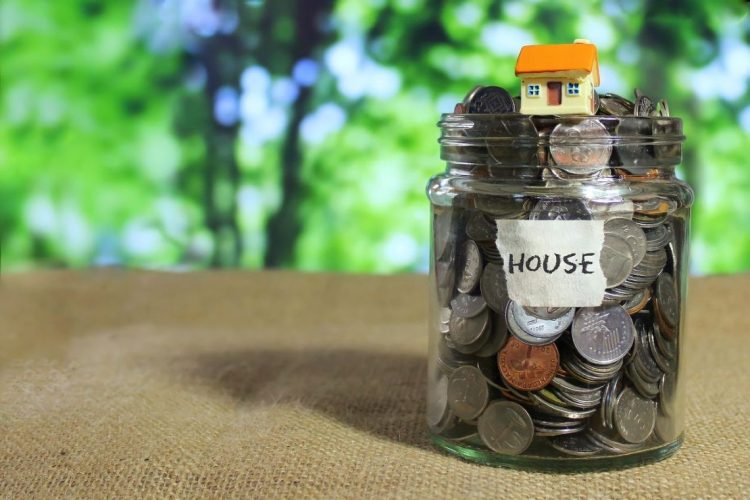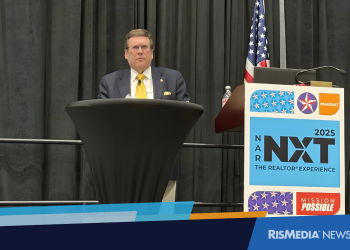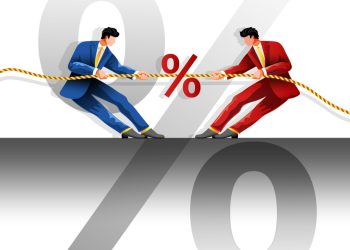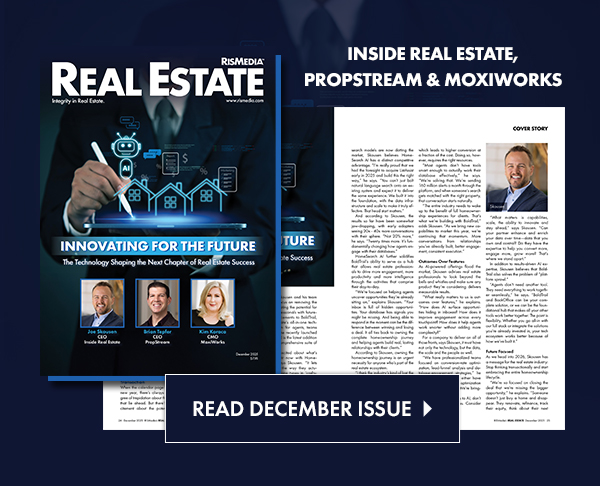As the fourth quarter of 2025 gets underway, experts highlight the cooling nature of the housing market, with home sales generating steady returns and mortgage rates sliding lower almost each week.
For Q3, Realtor.com® reports that down payments remained relatively flat amidst elevated costs and moderate demand this past year. Their latest down payment report states that “the median down payment was $30,400, about $500 higher than in Q2 and nearly unchanged from a year ago.”
Although down payments remain elevated, the report notes that while they typically increase in the first half of each year, 2025 saw modest growth from Q1 to Q3. The typical down payment increased by just 0.5%—or $1,500—while 2024’s increase for the same time period saw a 0.8% rise in down payments, or $4,000.
Danielle Hale, Realtor.com’s chief economist, stated that down payments remain elevated and steady, which reflects the broader housing environment.
“High prices and borrowing costs continue to test affordability, keeping many potential buyers on the sidelines and slowing overall sales activity,” she said. “Even with mortgage rates easing into the low 6% range in recent months, the combination of high prices and limited inventory has left little relief for cost-sensitive homeshoppers, while increasingly concentrating homebuying among higher-income households.”
While down payments remain steady from one year ago, estimates greatly overshadow pre-pandemic prices. According to the report, Q3’s median down payment is nearly 118% higher than 2019’s Q3 median down payment of $13,900. Home prices have risen nearly 45% since 2019, and down payments now make up a higher share of that price.
Down payments rose sharply between 2020 and 2022, according to the report. This was caused by intense competition and record-low mortgage rates, but the average down payment is now about 14.4% of the purchase price. This has remained stable since 2024, when the average down payment was 14.5% of the purchase price.
Although the market has since cooled down, the report states that elevated prices and financially strong buyers have kept down payments between $20,000 and $30,000.
Homebuyers continue to have record credit scores for the third quarter. According to the report, a typical homebuyer has a FICO score of 735, the highest level in more than a decade, and about 20 points above the national average.
While it shows that the market favors financially strong buyers, their dominance highlights the tighter lending standards and growing gap between home prices and income.
From January to June 2025, the amount of sales for homes priced above $750,000 rose nearly 6% from the same period last year. Meanwhile, lower-priced home sales declined by about 3%, and the report notes that this shift shows that more expensive homes have a larger share of activity in the market. Entry-level homes however, continue to slow down and lag behind in terms of home sales.
Homebuyers looking for investment properties and second homes typically have much larger down payments than their single-home counterparts. Both groups have down payments about twice the share for primary residences at nearly 27% of the purchase price. The report states that these down payments can reach $84,200 for investment properties and $110,100 for second homes.
Regionally, market conditions remain unbalanced. The average down payment percentage in Q3 was highest in the Northeast at 18.2% of the purchase price, or about $62,900. The region with the second highest down payment is the West at 16.3%, or $51,000. The Midwest and South followed at 14.5% and 12.5%—or $28,000 and $22,800—respectively.
Every region fell in down payment shares on a year-over-year basis, with the South and West both experiencing the greatest decline in down payment percentage at 0.6%. The Northeast fell by 0.2%, while the Midwest dropped by 0.1% since last year.
As for the cost of down payments, the South and West were the only regions to drop on a yearly basis, while the Midwest and Northeast increased. The South’s median down payment fell by 4.4%, and the West fell by 5.6%. Midwestern states had the greatest increase year-over-year at 5.8%, and the Northeast was not far behind at 5.6%.
Although each region saw major growth in median down payments since the pandemic, the Northeast had the greatest increase since 2019 at about 246%. It also had the greatest increase in down payment percentage, jumping from 12.3% in 2019 to 18.2% today.
Hannah Jones—a senior economic research analyst at Realtor.com—stated, “As mortgage rates edge lower, we expect more variety in who can buy, and that could bring back smaller down payments. However, unless inventory grows meaningfully, renewed competition could put upward pressure on prices and down payments once again.”
For the full report, click here.











